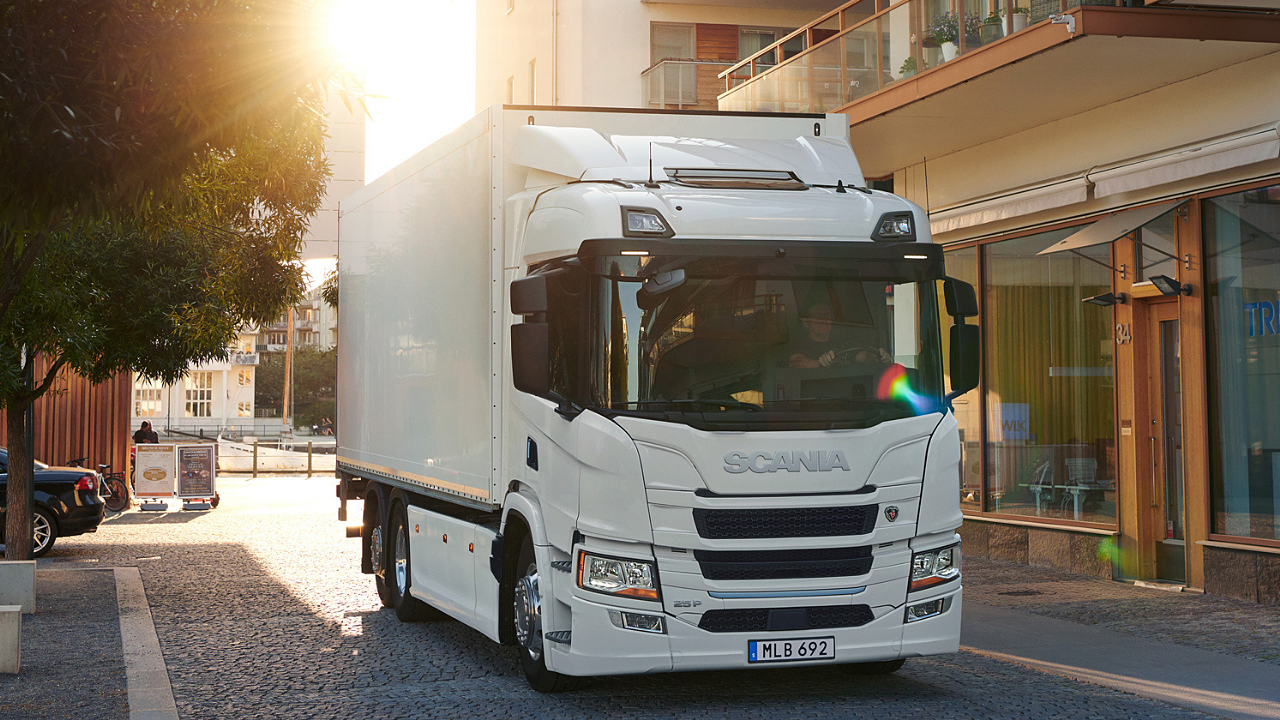
The report on the Life Cycle Assessment (LCA) of distribution vehicles, published recently by the commercial vehicle major, Scania, concludes that the environmental impact of Battery Electric Vehicles (BEVs) is significantly lower than that of a vehicle with an internal combustion engine.
LCA is an ISO 14040/44 method to calculate the environmental impacts of products, covering the entire life cycle from the cradle to the grave. It begins with extracting and refining raw materials and ending at the recovery of, in this case, the vehicles.
LCA in Scania is used to evaluate the product’s environmental impacts and setting internal project targets in product development. The functional unit used in this study is 500,000 km driven in a representative distribution cycle with an average payload of 6.1 tonne and is chosen to reflect and represent an entire life of operation for the vehicles.
BEVs
Production of BEVs imply higher environmental impact, primarily due to energy-intensive battery cell manufacturing. The battery cells stand for a little over 40% of the carbon emissions coming from the production of BEVs. There is, however, a big potential for improved emission levels from the production of BEVs as the battery industry continuously decarbonises and the use of green electricity constantly increases.
Despite the increased production burden, the total life cycle impact on climate change is dramatically better for the BEVs, thanks to the much lower carbon impact from the use phase.
Scania reduces life cycle carbon emissions by 38% to 63% for trucks operating in the EU. Switching to green electricity will help reduce carbon emission by 86% over the life cycle. The BEV can have less climate impact than the one with an internal combustion engine already within one or two years of operation. This covers all investigated electricity mixes in the report, the company said.
Andreas Follér, Head of Sustainability, Scania, said, “As the heavy commercial vehicle industry converts into a higher share of BEVs, we have to ask ourselves, are the BEVs truly good for the environment when we look over the full life cycle? The impact generated is not from the tailpipe emissions, so the industry needs to rethink what we mean by environmental impact. With this study, we have the clear answers.”
Partnerships are key to delivering on the carbon reductions needed to achieve the science-based targets Scania has committed to, the commercial vehicle maker said. For example, the partnership with Northvolt aims to produce the world’s greenest battery. Steel is another big part of the sourcing carbon footprint of trucks due to the heavy fossil dependency in the production phase. The partnership with H2 Green Steel aims at solving that and steers Scania on a trajectory for a zero-emission truck, which the OEM aims to deliver on in 2030.
“We expect that the total cost of operation for the majority of our customers will be positive for BEVs during this decade, and half our volumes might well have an electric driveline by 2030. The race towards zero emissions will be about decarbonising the processes and materials needed to assemble the future truck and buses,” Follér added.